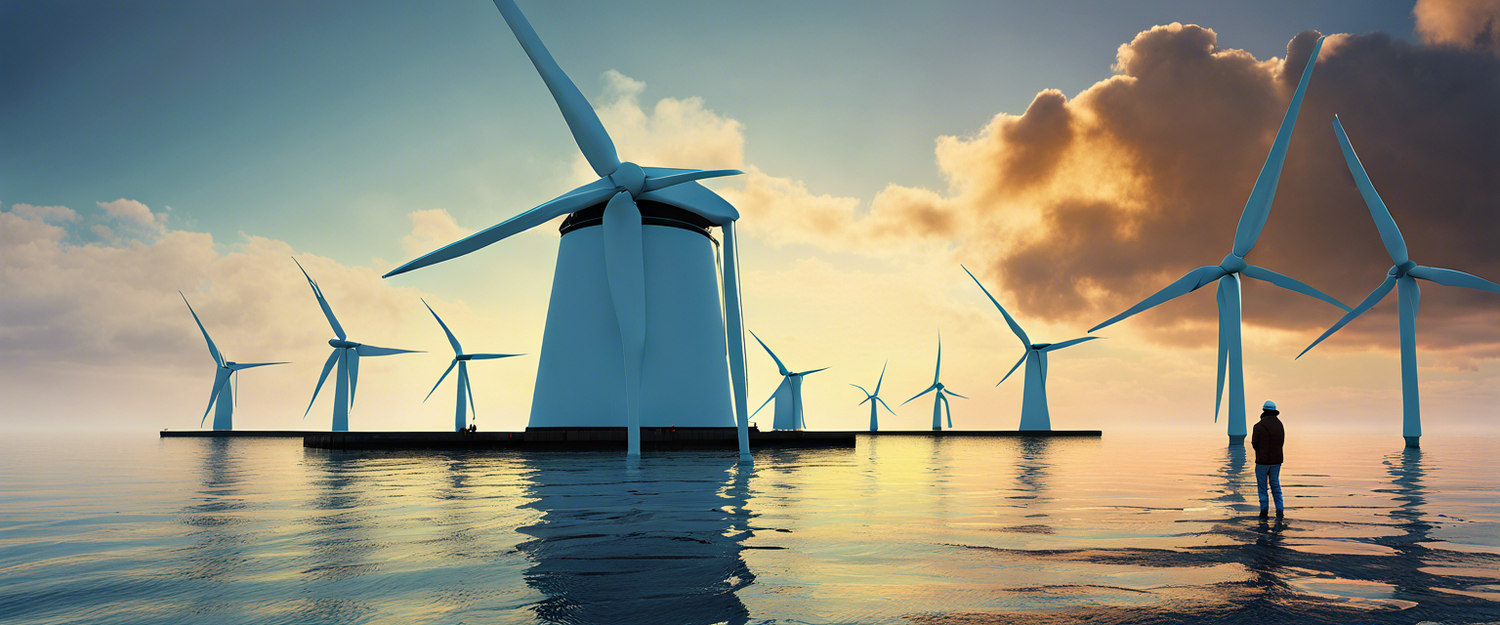Ørsted Delays Revolution Wind Project: Latest Developments in Offshore Wind Energy
Offshore wind energy giant Ørsted has announced a significant delay in the expected operational date of its Revolution Wind project, now anticipated to begin operations in 2026 rather than the previously scheduled 2025. This delay marks yet another setback to the Biden administration's ambitious clean energy goals amid a host of challenges impacting new offshore wind farms.
Challenges Facing the Revolution Wind Project
The Revolution Wind project, strategically located off the coasts of Rhode Island and Connecticut, faces complications primarily connected to its onshore operations. Ørsted’s partnership with Eversource Energy has hit a snag due to issues concerning the construction of a necessary substation on a former naval station, where soil contamination is taking longer to remediate than initially expected.
Ørsted CEO Mads Nipper acknowledged the complexities of developing projects in the early-stage US market, stating, "Risk is an integrated part of projects. The early stage US market is hit harder than anywhere else." This sentiment illustrates the broader challenges that renewable energy projects are facing, particularly in the wake of the COVID-19 pandemic.
Previous Project Cancellations and Current Status
The delay of the Revolution Wind project follows Ørsted's cancellation of two significant projects last October: Ocean Wind 1 and Ocean Wind 2 off the coast of New Jersey. Together, these projects would have generated a substantial 2,248 megawatts of renewable energy but were scrapped due to rising interest rates, inflation, and ongoing supply chain disruptions exacerbated by the pandemic.
Successful Projects Amid Challenges
In contrast to these cancellations, Ørsted has completed its smaller South Fork Wind farm off the coast of New York this year, generating 132MW of renewable energy. Additionally, Ørsted is making progress on the Sunrise Wind project, which aims to provide 924MW of renewable energy and is expected to start operations by 2026 or 2027.
Impact of Revolution Wind Once Operational
Once operational, the Revolution Wind project is expected to generate 704MW of renewable energy, sufficient to power approximately 350,000 homes in both Connecticut and Rhode Island. This capacity aligns with the broader national objective initiated by President Biden to drastically increase US offshore wind energy capacity from a mere 42MW to a staggering 30,000MW by the end of the decade.
Outlook for the Future
Despite facing these challenges, the US is actively working towards realizing its offshore wind goals. Recent assessments estimate that if all current projects are completed, the country could achieve an additional 4,800MW of new capacity by the projected deadlines.
Conclusion
The delay of the Revolution Wind project underscores the complexities associated with developing renewable energy solutions in today's climate. As challenges mount, Ørsted and other stakeholders within the industry are being tested on their ability to adapt and innovate. The coming years will be integral to whether the US can meet its ambitious clean energy goals.



发表评论
所有评论在发布前都会经过审核。
此站点受 hCaptcha 保护,并且 hCaptcha 隐私政策和服务条款适用。